Liverpool’s midfield has come under scrutiny for a perceived lack of attacking thrust—so the defence should be seen as exceptional in the same area.
It probably wasn’t the thought that preoccupied James Milner as he approached the penalty spot.
The straight-talking vice-captain knew he was partly culpable for Fulham’s equaliser, the goal that goal that could cost Liverpool two points in the title race. Except it did not.
Milner converted his spot-kick, Liverpool won and their midfielders now have as many goals in 2019 as Virgil van Dijk got in four minutes against Watford.
Two, to be precise.
The meagre goalscoring returns of Liverpool’s midfielders, Yorkshire’s premier penalty-taker excepted, has not escaped attention. Jurgen Klopp’s main six have nine goals between them in all competitions, with Milner contributing 67 per cent of those.
He has 57 per cent of their seven Premier League assists. Outstanding a season as Gini Wijnaldum has had, he has contributed none. Jordan Henderson and Adam Lallana are also yet to open their accounts. Naby Keita has one, Fabinho two.
Strengths from different zones
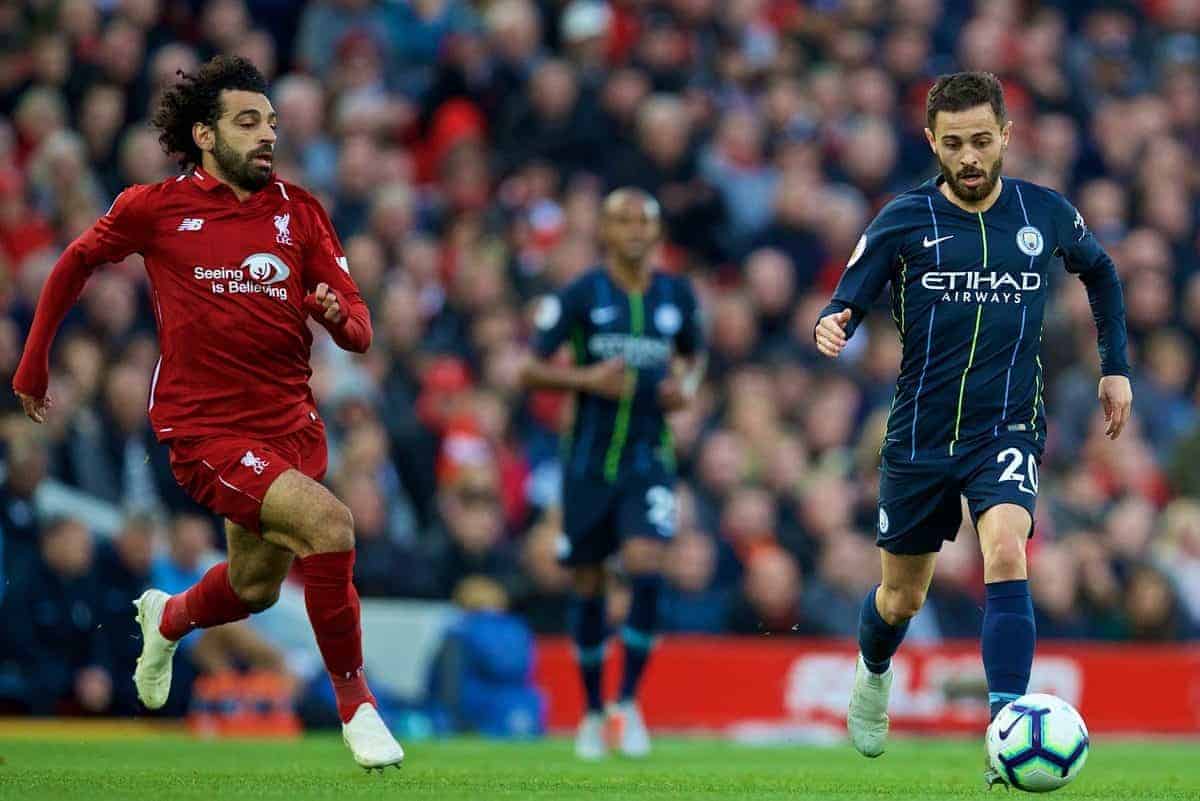
Should Manchester City win the title, unflattering comparisons can be drawn between the midfields.
Bernardo Silva has six league assists and 10 goals in all competitions on his own, David Silva six and nine respectively.
And yet, if City have the most goalscoring midfielders in England, Liverpool arguably have the most attacking defence.
It may not be reflected in the goals tally, though Virgil van Dijk’s header in Munich took him to four. Instead, consider the assist charts. Supposed stoppers are rubbing shoulders with professional creators.
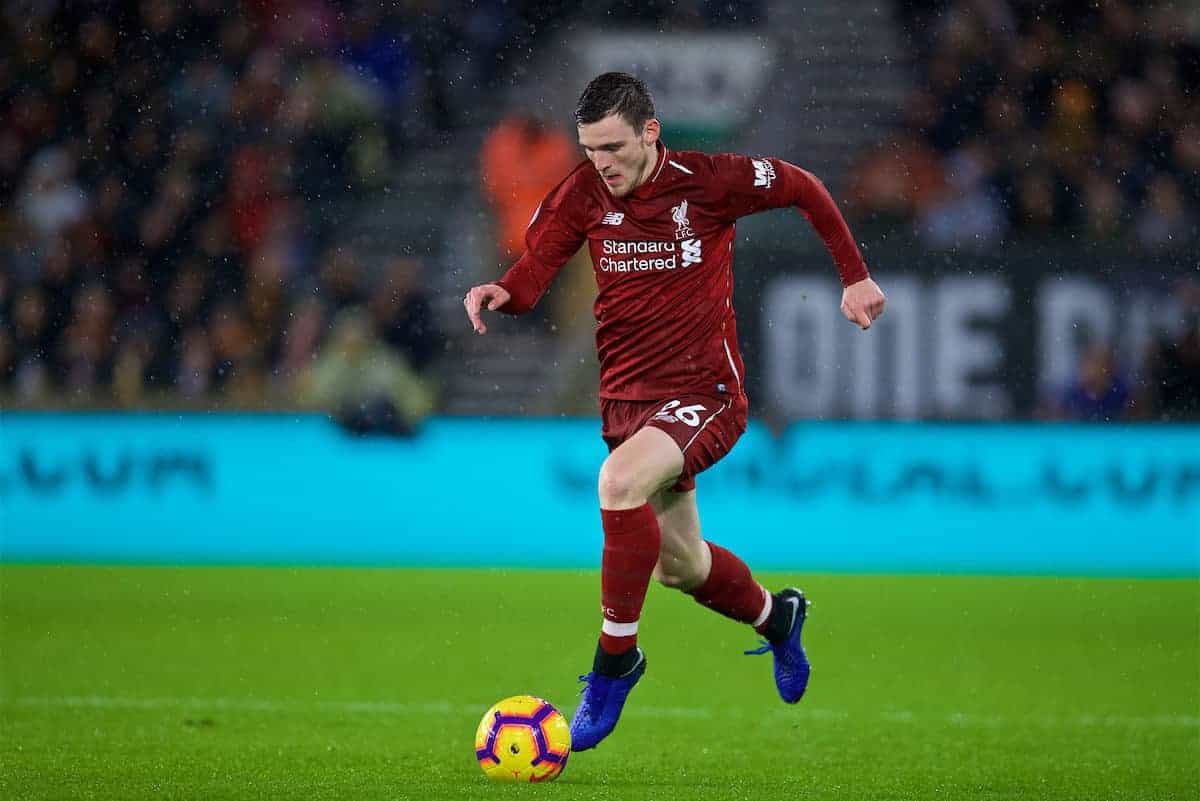
Only six players have set up more Premier League goals than Robertson; to put his tally of eight into another perspective, that is more than Anthony Martial, Jesse Lingard, Pedro, Richarlison and Sadio Mane have mustered between them.
Trent Alexander-Arnold, meanwhile, is on six. The only other defender alongside him is Watford’s set-piece specialist of a left-back, Jose Holebas.
To illustrate how much the Liverpool full-backs are outliers, only a further four defenders—Benjamin Mendy, Hector Bellerin, Lucas Digne and Cesar Azpilicueta—are on four or five, even if the City left-back, averaging an assist every 162 minutes, could be a runaway leader but for injury.
Equally, the Liverpool duo got a combined five in 90, remarkable, minutes against Watford.
Another line entirely?
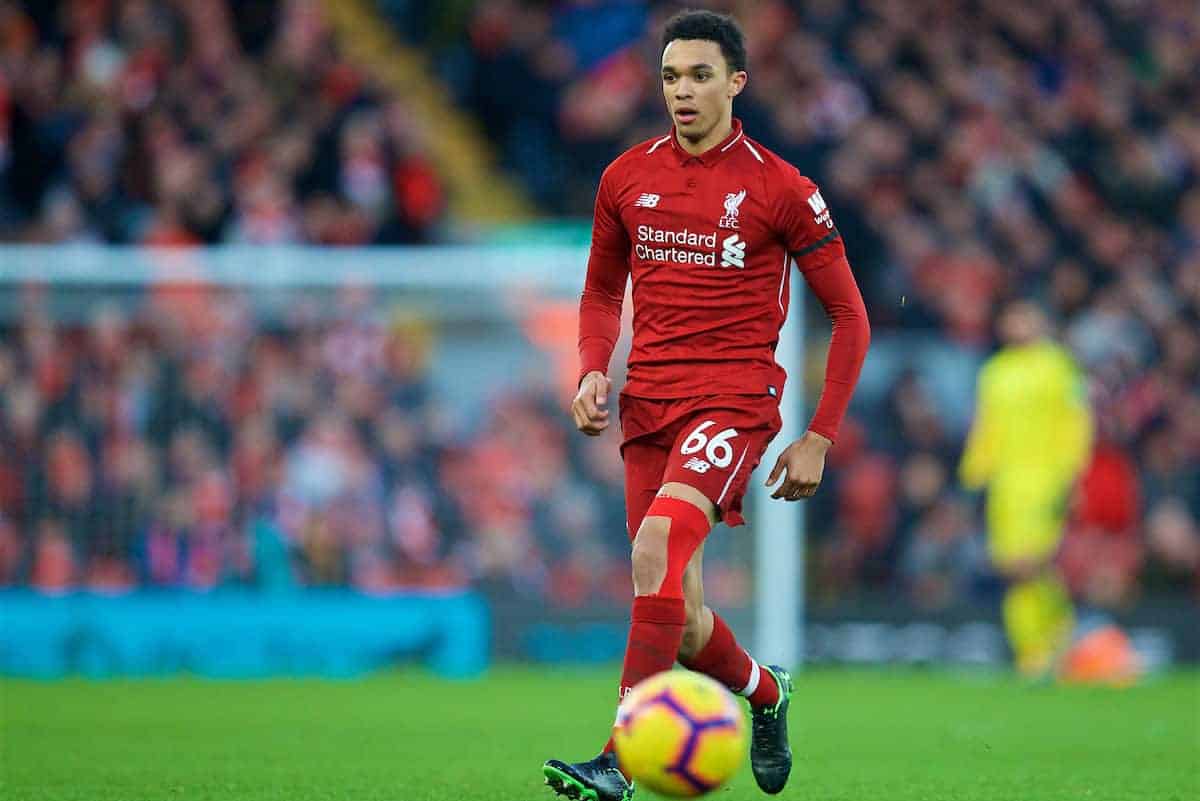
If that was an outlier of an evening, their combined haul reflects several elements.
One is their advanced positioning. Calling Alexander-Arnold and Robertson full-backs may breach the Trades Description Act.
In some ways, they are wing-backs in a back four. The Scot, in particular, can get ahead of the midfield; Fabinho and Henderson definitely spend less time in the final third and provide an insurance policy.
The narrowness of Klopp’s formation means each has a channel to run into, with no one ahead of them. Tellingly, three of Milner’s Champions League-record nine assists last season came in 45 minutes against Spartak Moscow…when he was a left-back.
By concentrating players in the middle, Klopp opens up the flanks for his full-backs.
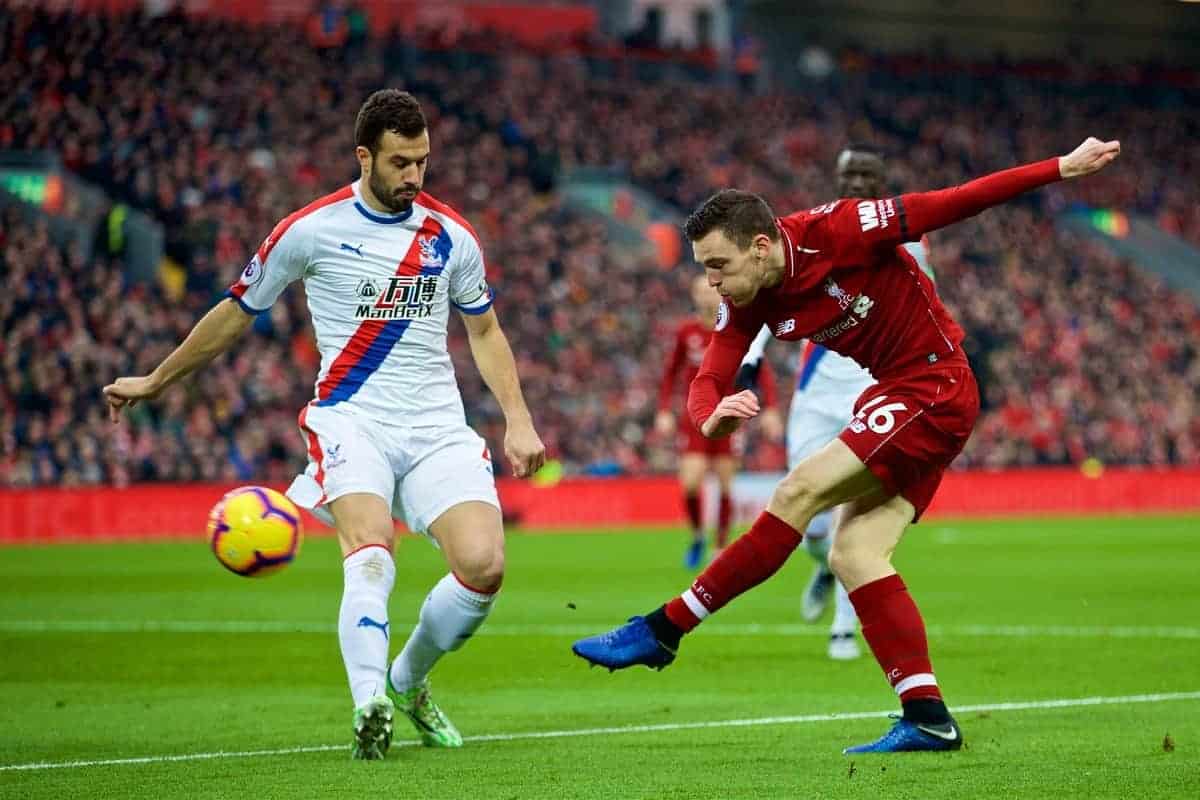
This season’s regulars are excellent crossers.
Robertson has only delivered the 25th-most crosses in the Premier League, so his tally of assists shows both his accuracy and the quality of the finishing.
Alexander-Arnold’s technical excellence highlights his upbringing in midfield: it is possible to envisage him as both Liverpool’s, and England’s, dead-ball specialist for years to come.
Each can provide three different types of cross: it can be a cutback, a curling, low centre or a higher ball. They can get behind a defence, bend a ball around them or lift it over them.
Central thrust
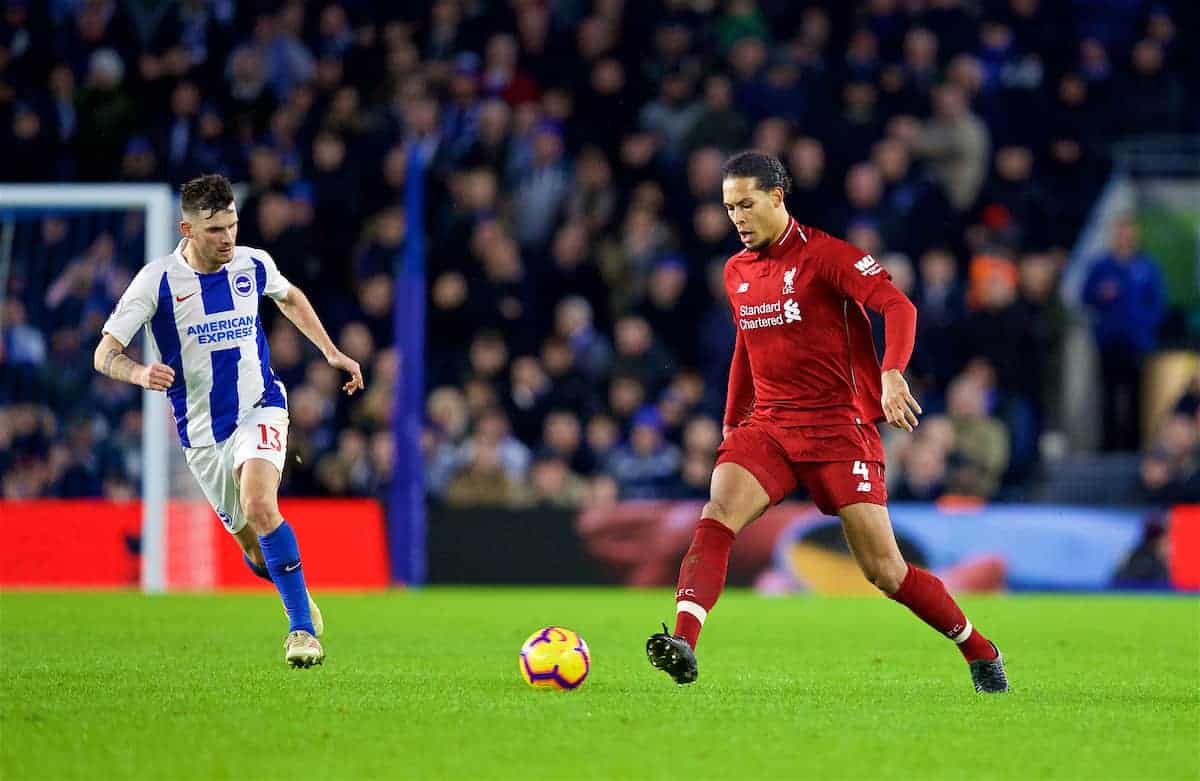
Yet Trent and Robertson are not alone in their ability to provide a defence-splitting pass.
Mane’s exquisite opener in Munich came after a 50-yard ball from Van Dijk. That effortless ability to stroke the ball any distance contributes to his general air of superiority and, among defenders, only Florian Lejeune, Toby Alderweireld, Conor Coady, David Luiz and Harry Maguire average more accurate long passes in the Premier League.
If defences push up against Liverpool, Van Dijk’s range of passing can be a counter-attacking weapon. When they drop deep, Joel Matip has an alternative approach.
Liverpool’s fourth-choice centre-back may just be their best ball carrier.
The Cameroonian has developed a taste for solo runs and, if none have brought a glorious ending, he won a free kick in shooting range at Old Trafford, when Ander Herrera was booked for unceremoniously halting him.
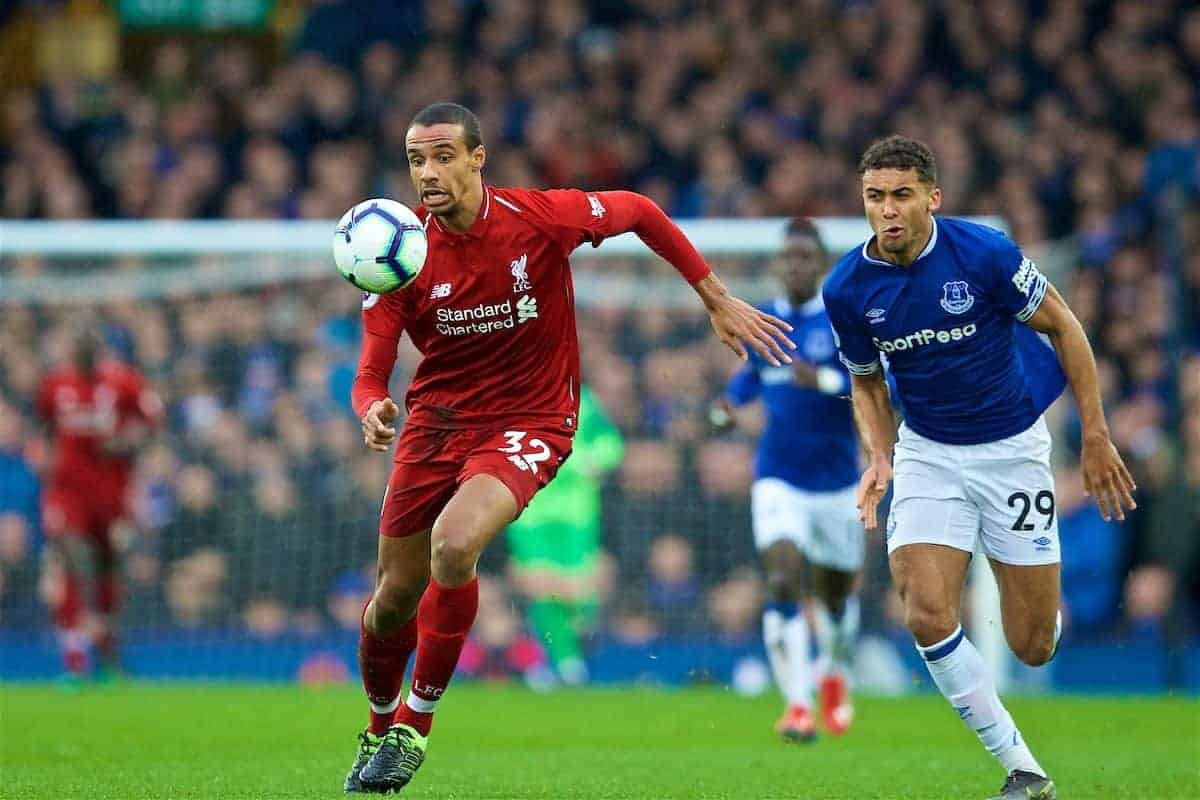
It was the sort of sudden surge that Henderson, for one, is reluctant to perform.
If it showcased the variety of ways in which Liverpool’s defence can augment the attack, the opposite also applies. Roberto Firmino, that famously fervent presser, leads the defensive efforts from the front.
It illustrates the collectivist principles of Klopp’s team, where most of them have been midfielders at some stage of their career and have a varied skillset.
If those in the engine room are charged with providing the power, the midfield trio supplying athlete’s non-stop power, it is telling that Robertson and Alexander-Arnold are both sprinters—“I think he makes 100m sprints every minute,” as Jose Mourinho said of the Scot—with the craft to accompany the incessant graft.
And if Van Dijk seemed to turn his aerial dominance into too few goals, that may be changing.
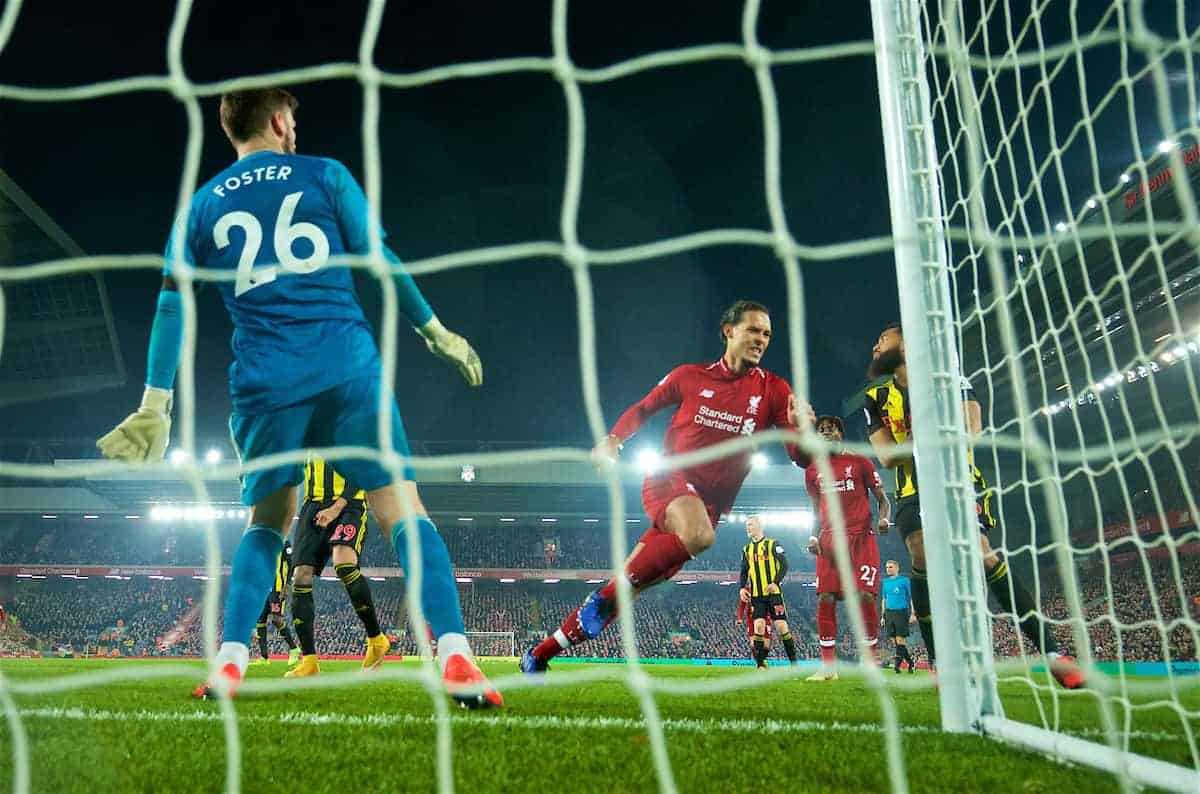
His Munich strike was a reminder that some of the most important strikes of Klopp’s European challenges have come from defenders: think of Mamadou Sakho and Lovren’s transformative efforts against Dortmund in 2016.
But then, more than most, Liverpool are aware of the difference attack-minded defenders can make.
They have won five European Cups.
A full-back, whether Phil Neal or Alan Kennedy, scored in three of the finals, with the centre-back Tommy Smith also on target in 1977; an auxiliary wing-back, in Vladimir Smicer, struck in the fifth.
Should this season end in further glory, whether in England or Europe, the defenders’ capacity to both make and prevent goals will be pivotal again.
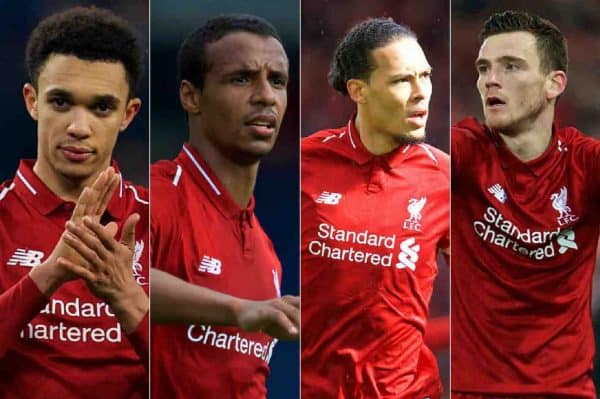






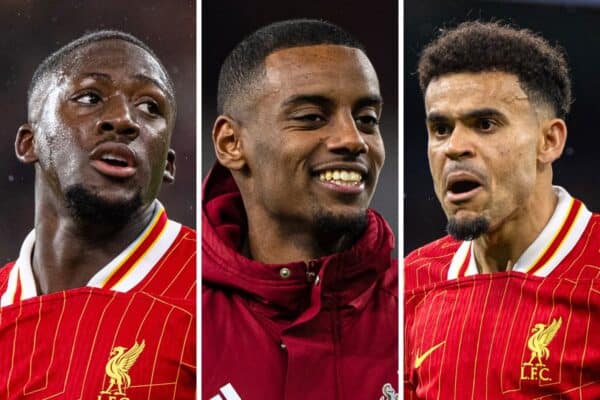
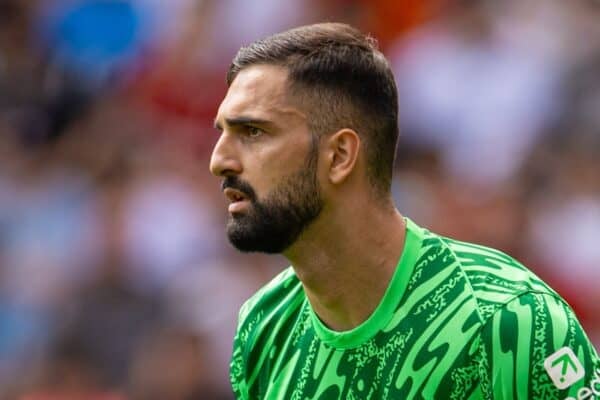


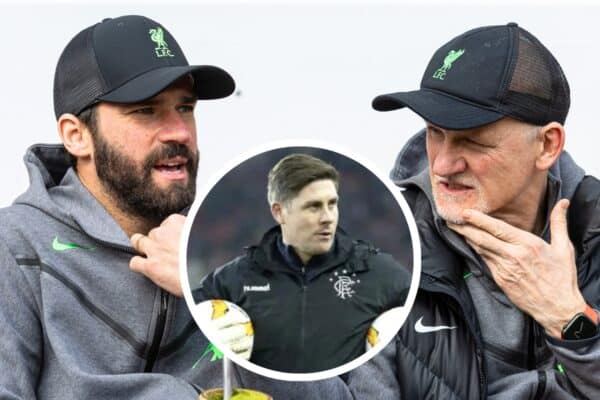

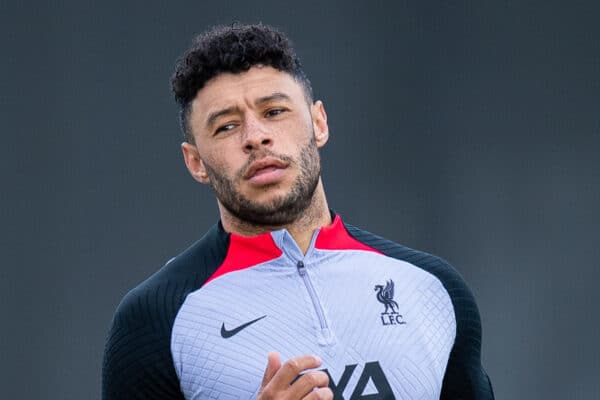


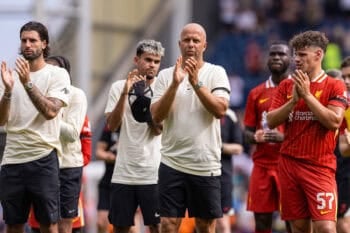


Fan Comments